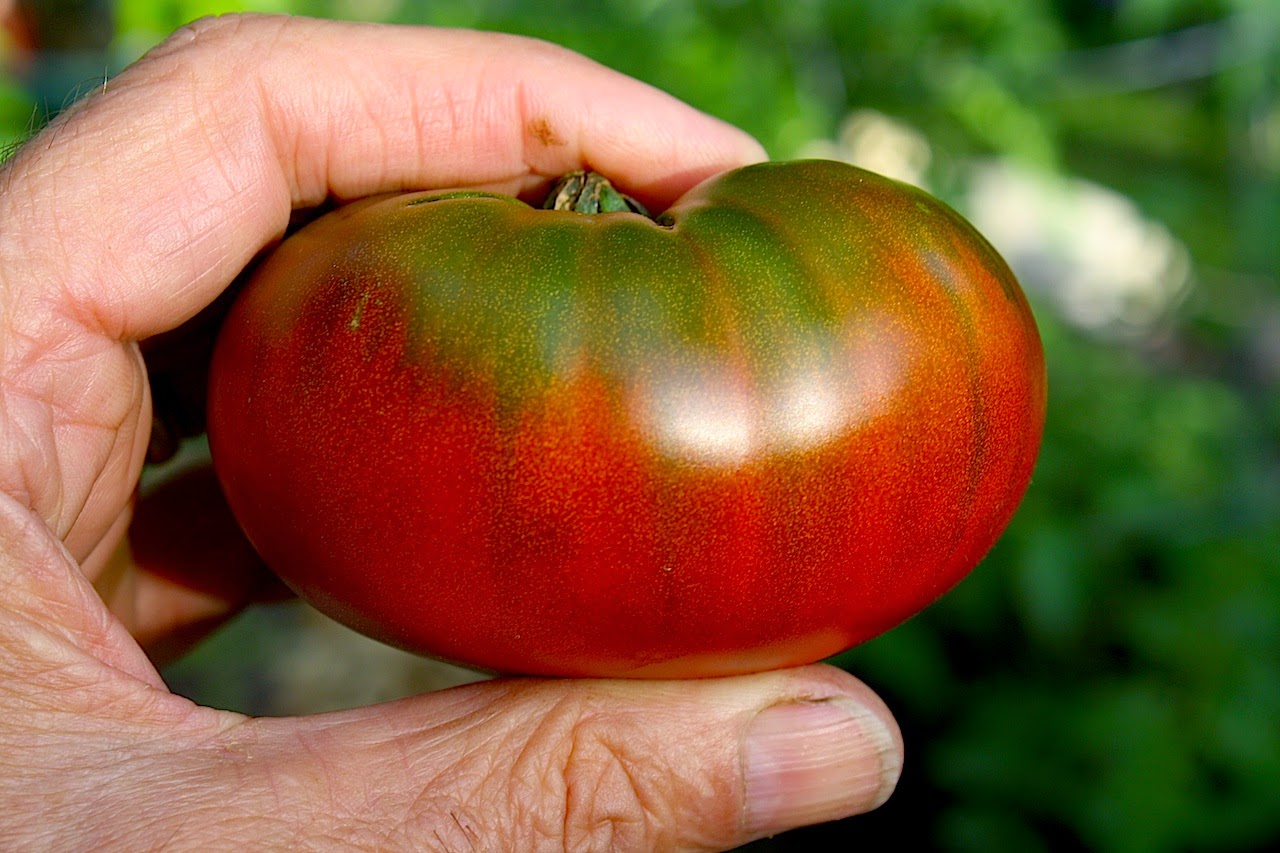California is in the middle of a multiyear, perhaps decades long drought. Governor Jerry Brown is imposing the
first mandatory water conservation restrictions ever for the state. The Sierra Nevada snowpack, from which a third of the state gets its water, is at 5% of normal after a nearly snowless winter.
 |
| From USGS - Trinity Lake Reservoir, completely dry, usually holds up to 2.5 million acre feet (or 797,684,293,296 gallons) |
This is a shame for the county's most populous and biggest agricultural state. More water in California is used for irrigation than for
any other purpose. However, in the large urban areas in southern and central California, water is primarily used
directly by people.
Over 37 million Californians (over ten percent of the country) have been affected by the drought. Those who like to garden or landscape have likely been more affected by this drought - with no end in sight.
So, what is the plant lover to do without sufficient water? The answer is to use water more intelligently, and to do this by using the
Groasis Waterboxx.
 |
| The Groasis Waterboxx |
Most water poured into the soil is not directly used by the plant. It either flows away through the soil or evaporates into the air (especially in hotter climates). There are multiple techniques to prevent these losses (planting in containers, using mulch) but these have serious drawbacks (cost, easy drying out of roots, poor evaporation blocking ability of mulch). The
Groasis Waterboxx deals with all of these issues, as explained below.
The
Groasis Waterboxx was initially designed to plant and grow trees in the desert, with water only added at planting. In this it has been remarkably successful. In a Saharan Desert planting trial, single trees planted with the Waterboxx had
88% one year survival (vs. 11% survival for trees watered once weekly but without the Waterboxx). The survival rate for at least one tree increased to 99% when two trees were planted in the
Waterboxx as intended. When planting a tree with the Waterboxx, 10 gallons is poured into the soil before planting, the bare root tree is planted, and then the
Waterboxx is filled with 4 gallons of water. No water ever again needs to be added
as the Waterboxx collects dew and rain water and slowly releases it to the growing plant through a wick in the base of the Waterboxx. The
Waterboxx is left in place until the tree outgrows it and can be reused for up to ten years. The Waterboxx planted tree is then resistant to drought because of its deep,
capillary water fed roots.
What about gardening? Well the
Waterboxx can be used to grow many fruits and vegetables as well. Generally, since vegetables require more water than trees, we recommend inserting a second wick into the base of the Waterboxx for water loving garden plants. If this is done, water generally needs to be added to the Waterboxx every 3-4 weeks - again 4 gallons. However, as the Waterboxx prevents evaporation of soil moisture immediately beneath it (by acting as a type of impermeable evaporation barrier, a far better alternative to mulch), the roots of the plant won't dry out. Below you can see results of a customer growing tomatoes with the
Waterboxx (with extra wicks inserted) in Hemet, California in late 2014.
 |
Three weeks growth of tomatoes with the Groasis Waterboxx by a gardener in Hemet, California
|
Can the Waterboxx also be used to grow greens rather than traditional vegetables? Yes. The same avid gardener in California ingeniously found a way to extend the reach of the Waterboxx by adding 3 extra wicks, adding water permeable material to each of the wicks and then spreading these out into the soil raised bed. The gardener then planted 27 greens on either side of the
Waterboxx, and placed a evaporation cover over them as they began to grow. The customer found that the greens grow great with only 2.5 to 3 gallons of Water per week (all poured into the
Waterboxx), and no need for overhead watering. He is able to enjoy fresh greens every day now.
If you want to start gardening with the Waterboxx (or growing trees), please visit our main website,
www.dewharvest.com. There you will be able to see many other
garden plants growing with the Waterboxx, including zucchini, cucumbers, watermelon, pumpkin and eggplant.
We would love to hear your comments below - to leave one, please click on "Comments".
Image Sources:Trinity Lake Image: Credit: U.S. Geological Survey,Department of the Interior/USGSPhoto by: Tim Reed, USGS California Water Science Center Supervisory Hydrologist; taken February 4, 2014.
California Drought Map:US Drought Monitor
The U.S. Drought Monitor is jointly produced by the National Drought Mitigation Center at the University of Nebraska-Lincoln, the United States Department of Agriculture, and the National Oceanic and Atmospheric Administration. Map courtesy of NDMC-UNL.
 In the early stages of zinc deficiency the younger leaves become yellow and pitting develops in the interveinal upper surfaces of the mature leaves. As the deficiency progresses these symptoms develop into an intense interveinal necrosis but the main veins remain green, as in the symptoms of recovering iron deficiency.
In the early stages of zinc deficiency the younger leaves become yellow and pitting develops in the interveinal upper surfaces of the mature leaves. As the deficiency progresses these symptoms develop into an intense interveinal necrosis but the main veins remain green, as in the symptoms of recovering iron deficiency.
.jpg)



